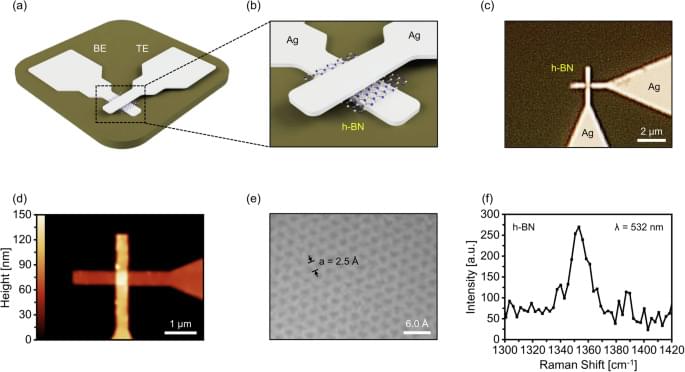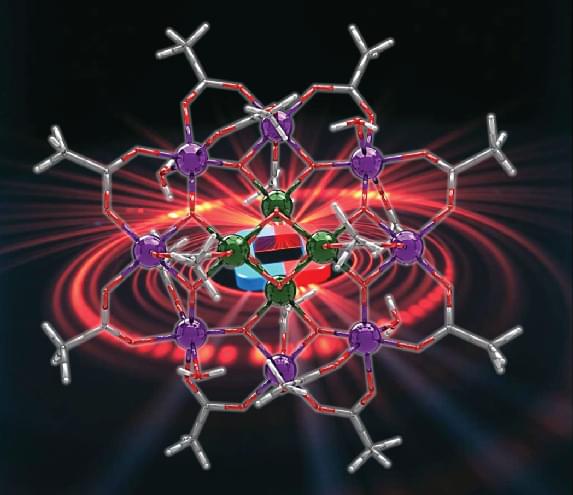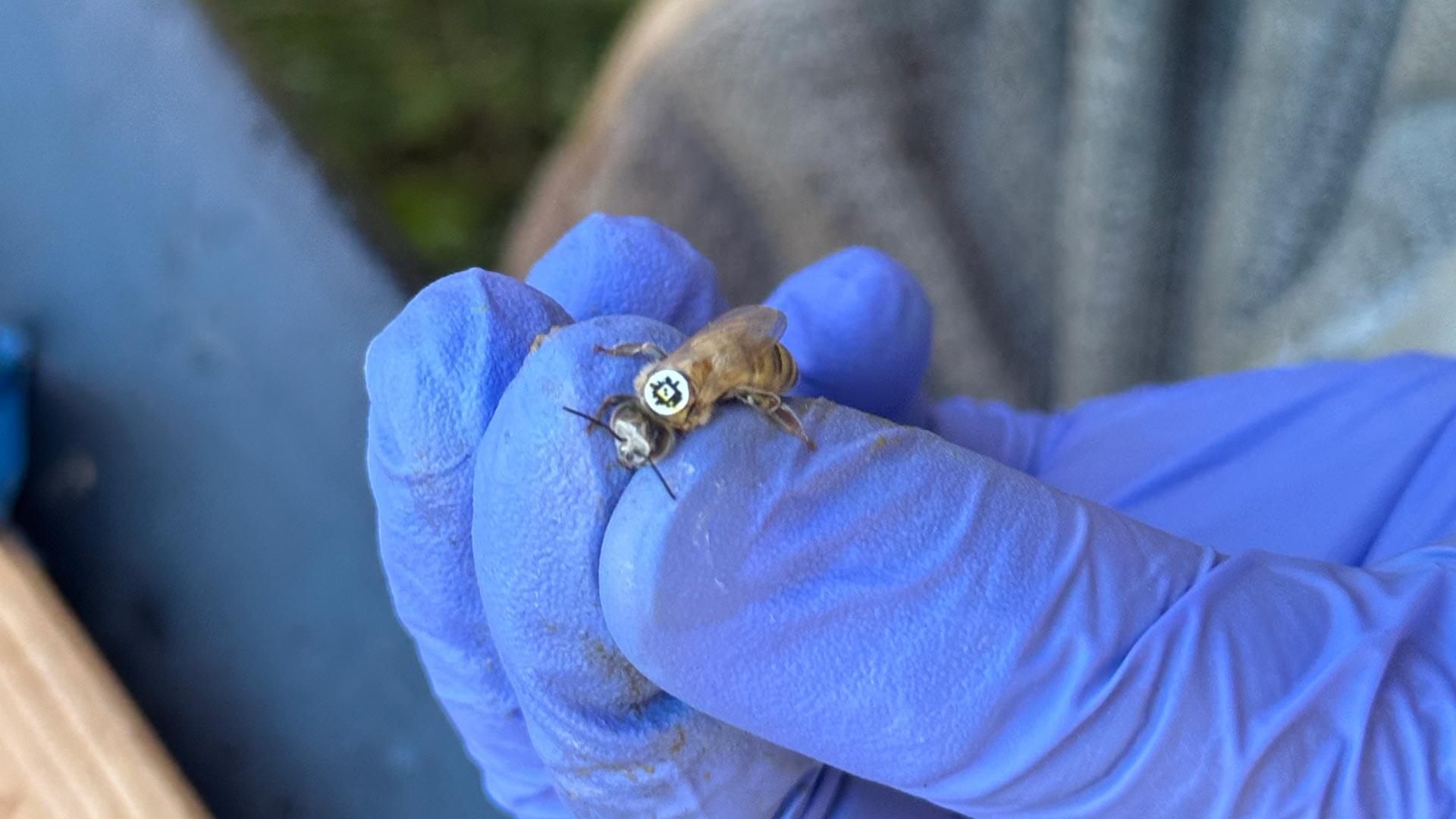Humans are not yet done cooking. We’re continuing to evolve and adjust to the world around us, the records of our adaptations written in our bodies.
We know that there are some environments that can make us unwell. Mountain climbers often succumb to altitude sickness – the body’s reaction to a significant drop in atmospheric pressure, which means less oxygen is taken in with each breath.
And yet, in high altitudes on the Tibetan Plateau, where oxygen levels in the air people breathe are notably lower than lower altitudes, human communities thrive.







